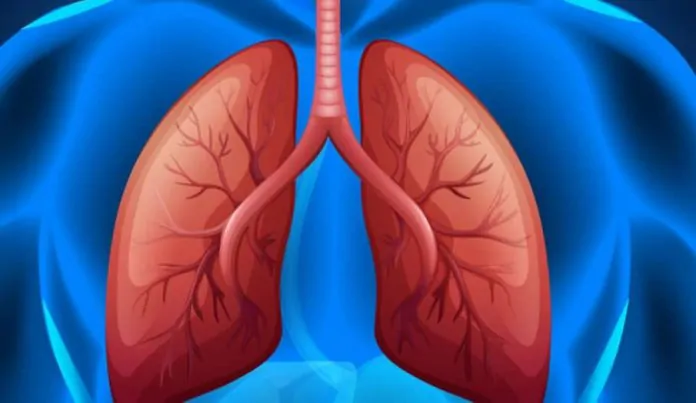List of all tests of : LUNGS
Overview
The lungs are part of the respiratory system, a group of organs and tissues that work together to help one breathe. Each lung is divided into lobes. The bronchial tree running through the lungs is made up of the windpipe, bronchus, bronchi, bronchioles, and alveoli.
The main function of the lungs is the process of gas exchange called respiration. In respiration, oxygen from incoming air enters the blood and carbon dioxide, waste gas from the metabolism, leaves the blood.

Types of Lungs Diseases
Common symptoms of Lungs disease are:
Influenza (FLU)
The different types of influenza virus families are:
There are various tests used to diagnose various lung diseases.
Tips for healthy lungs
Following measures can be taken to prevent Lungs disease:
Blood Tests for Other Body Systems
Non Invasive Tests
Invasive Tests
Cardiac Catheterization and Coronary Angiography
Cardiac catheterization is a common procedure that helps to diagnose heart disease. It is also used to treat heart disease by opening blocked arteries with balloon angioplasty and stent placement.
It helps the doctor to know if: